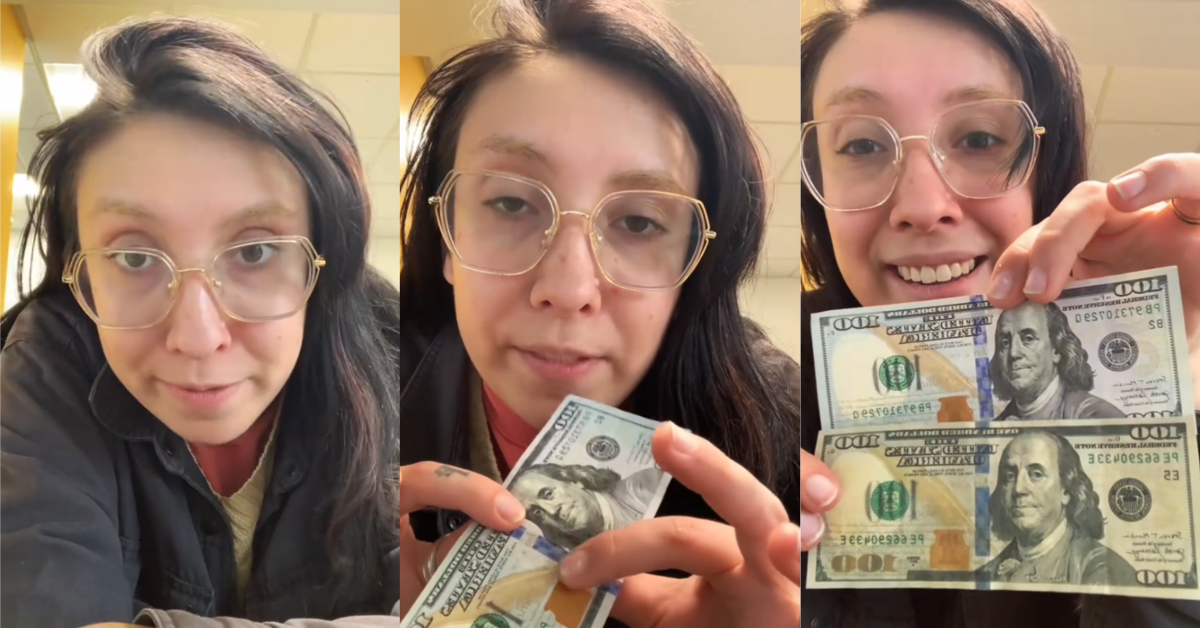Ensuring Authenticity: Your Guide to Acquiring copyright Money available
Ensuring Authenticity: Your Guide to Acquiring copyright Money available
Blog Article
Discover making uses of Fake Cash in Artistic Creations and Theatrical Performances
Phony cash, frequently synonymous with deception and outrage, holds a strange allure when it finds its method right into the world of theatrical performances and artistic developments. As we dig into the multifaceted uses of fake cash in these imaginative domains, we start to uncover a globe where authenticity and imitation blur, prompting us to examine the very nature of worth and representation within art and performance.

Historic Significance of copyright Money in Art
The historic significance of funny money in art is a complex and interesting subject that clarifies the junction of imagination, subversion, and socio-political discourse. Throughout history, musicians have actually made use of copyright money as a device for tough social standards, questioning the value of currency, and making effective declarations concerning wide range and power.
Among one of the most noteworthy examples of funny money in art go back to the Dada motion of the early 20th century - copyright money for sale. Artists such as Marcel Duchamp and Hannah Höch included phony money right into their jobs to criticize the capitalist system and discover the principle of worth in a quickly changing globe
Additionally, during times of financial instability or political upheaval, funny money has been utilized by artists as a kind of objection or rebellion. By developing and flowing phony currency, musicians have actually had the ability to interrupt the condition quo, obstacle authority, and provoke important conversations regarding the function of cash in society.
Influence of copyright Currency on Visual Arts
By integrating phony cash into their jobs, musicians prompt conversations on the nature of value, authenticity, and societal perceptions of riches. The use of copyright in art likewise increases moral considerations pertaining to the limits of creative expression and the effects of reproducing legal tender. In general, the impact of copyright money on aesthetic arts is multifaceted, stimulating important representations on the crossway of cash, art, and social worths.
Symbolism and Meaning in Theatrical Fake Displays
Using theatrical fake displays, musicians utilize symbolic representations to share much deeper meanings and stimulate provocative interpretations within the realm of performance art. Through the incorporation of imitation cash in staged manufacturings, developers can check out styles such as greed, power, corruption, and the impression of riches. Using phony money on phase can work as an allegory for societal concerns, financial disparities, and the delicacy of economic systems.
In theatrical efficiencies, the symbolic value of funny money expands beyond its financial worth. It can signify the misleading nature of appearances, the search of materialistic wishes, and the effects of dishonest behavior. By using copyright cash as a prop, artists can test audiences to examine real definition of riches and the moral limits that people may go across in its quest.
Moral Considerations in Making Use Of Funny Money for Art

One major ethical consideration is the prospective lawful effects of using copyright in art. Counterfeiting currency is illegal in most countries and can bring about significant effects go to my blog for musicians that purposefully include imitation costs right into their job. copyright money for sale. This not just places the artist at risk but also questions concerning promoting illegal activities through art
Furthermore, there is a moral dilemma relating to the credibility of the art work itself. Using funny money blurs the line in between reality and imitation, possibly tricking customers and jeopardizing the honesty of the artistic item. Musicians need to consider whether making use of imitation money straightens with their values and imaginative purposes, evaluating the potential influence on their track record and trustworthiness.
Future Patterns in Funny Money Assimilation
Considering the advancing landscape of creative expression, the consolidation of funny money in innovative jobs may witness a change towards cutting-edge and provocative methods. As artists remain to press boundaries and discover brand-new mediums, phony cash can increasingly be used to challenge social norms, examine the value of money, or make powerful declarations regarding wide range and consumerism.
One future fad in phony money assimilation might be its application in immersive art installations where audiences are motivated to connect with the pieces, blurring the lines in between fact and impression. In addition, improvements in modern technology might cause the creation of hyper-realistic phony cash that is practically identical from authentic currency, opening opportunities for much more in-depth and elaborate art work.
Additionally, partnerships in between musicians and counterfeiters might result in one-of-a-kind items that incorporate standard creative techniques with the craftsmanship of producing phony money. Nonetheless, ethical factors to consider surrounding the validity and morality of making use of funny money in art will certainly continue to be a point of opinion as these future fads unravel.
Final Thought
In final thought, usings copyright in staged performances and artistic productions have a lengthy background and proceed to provide motivation for musicians. From its historic value to its influence on aesthetic arts and importance in staged display screens, fake cash plays a distinct function in the art world. Honest considerations must be taken right into account when utilizing copyright money for creative objectives. The assimilation of funny money in go to this web-site art is most likely to proceed advancing in the future.
Generally, the impact of phony currency on visual arts is diverse, stimulating vital representations on the crossway of cash, art, and social worths.

In conclusion, the usages of imitation money in imaginative productions and theatrical performances have a lengthy background and continue additional info to be a source of motivation for musicians. Ethical factors to consider have to be taken into account when using copyright cash for imaginative purposes. The combination of imitation cash in art is most likely to proceed advancing in the future.
Report this page